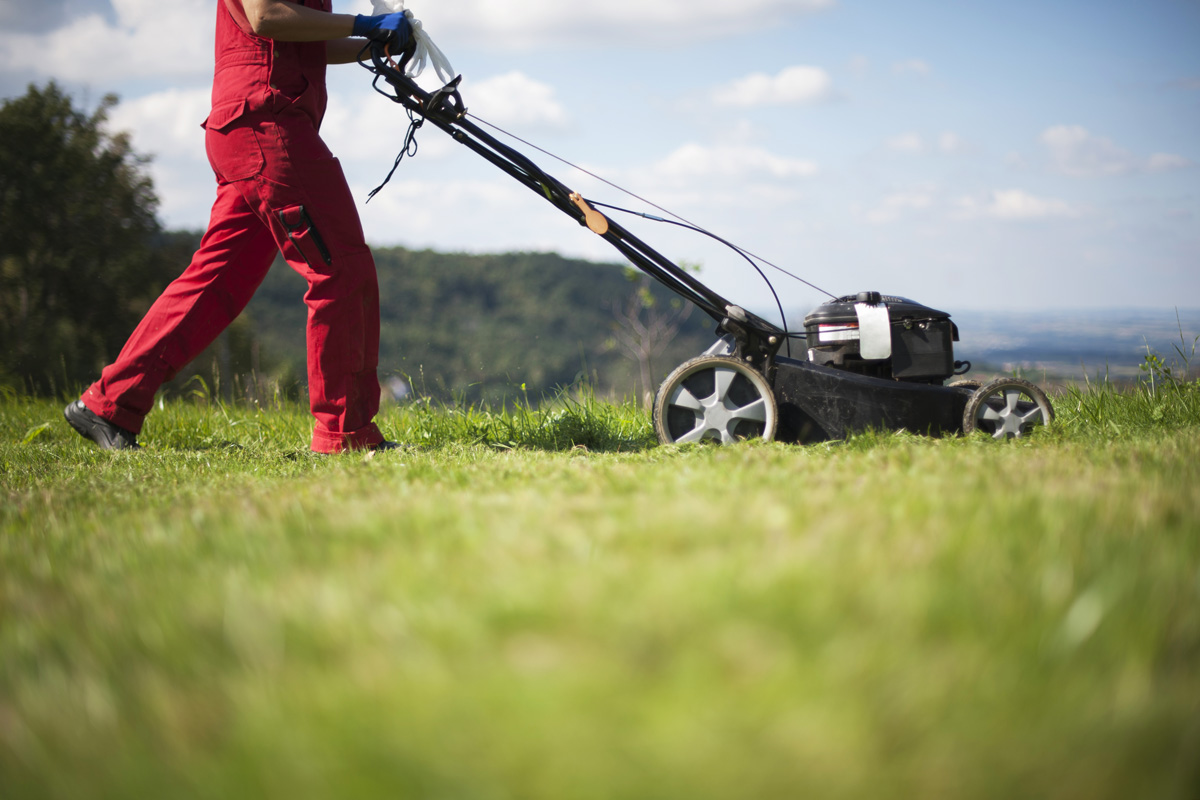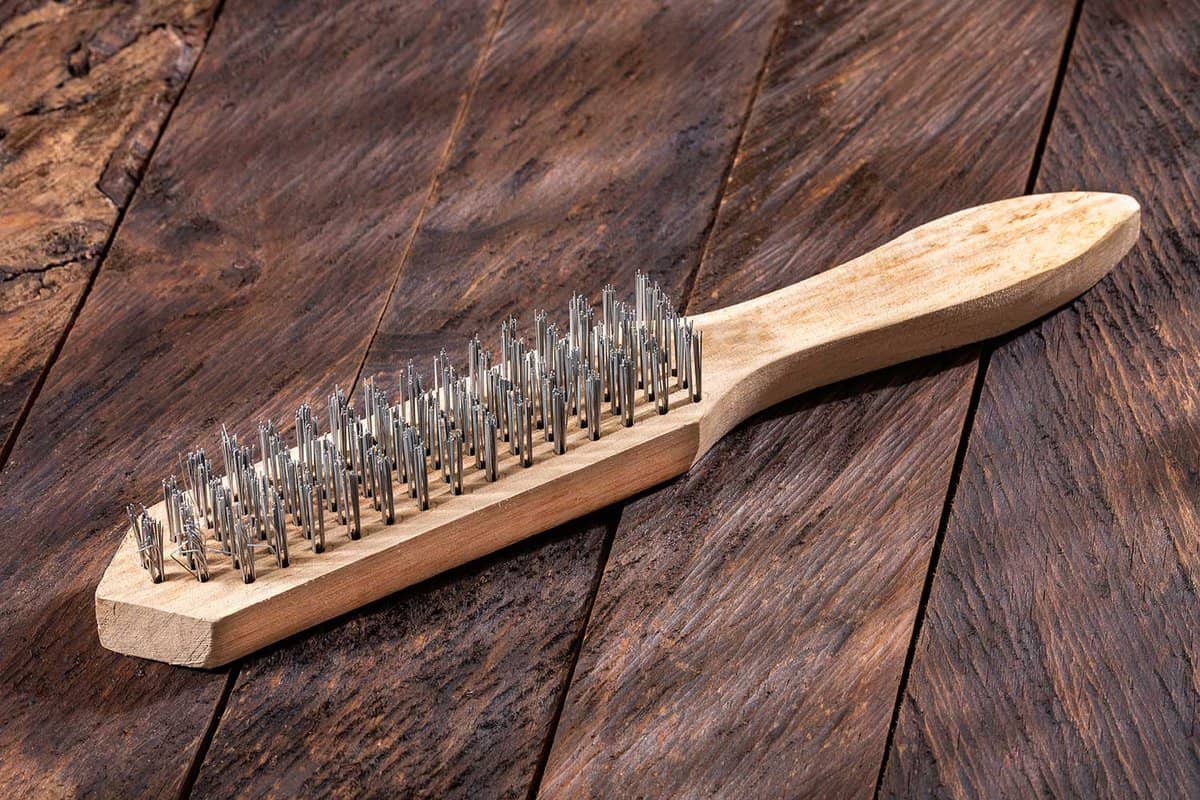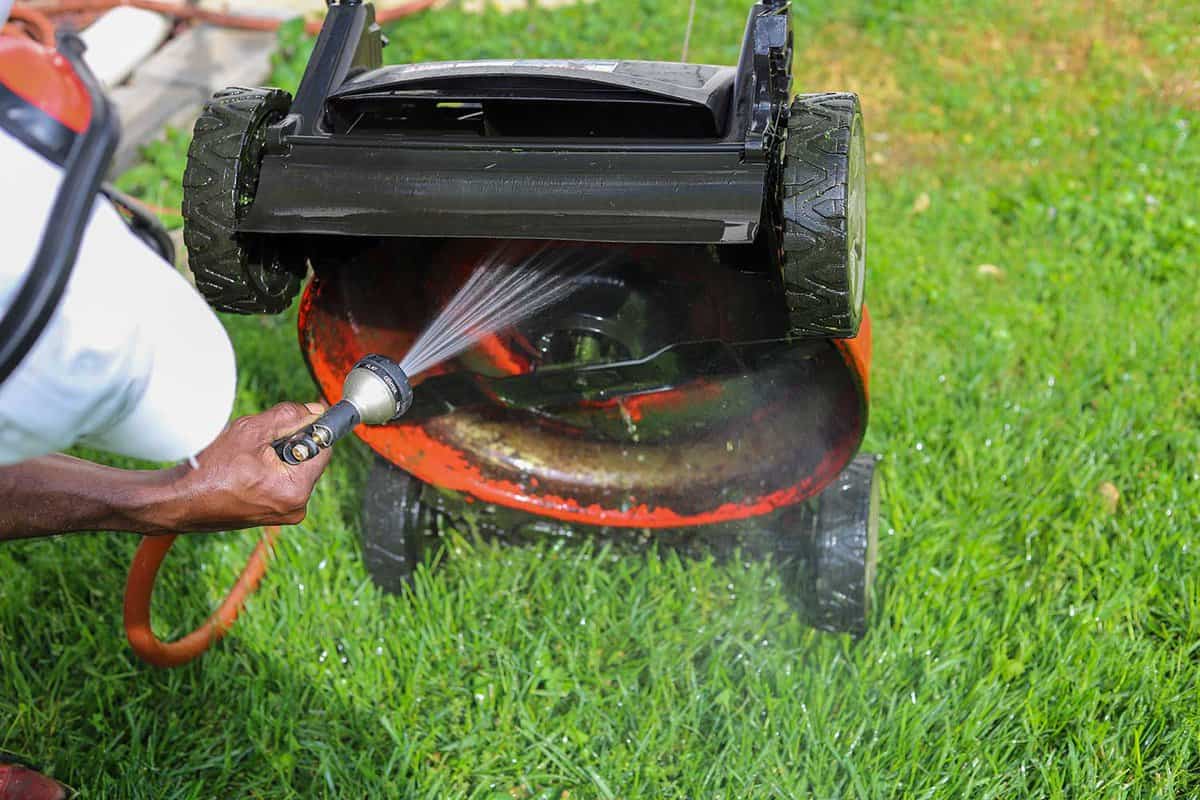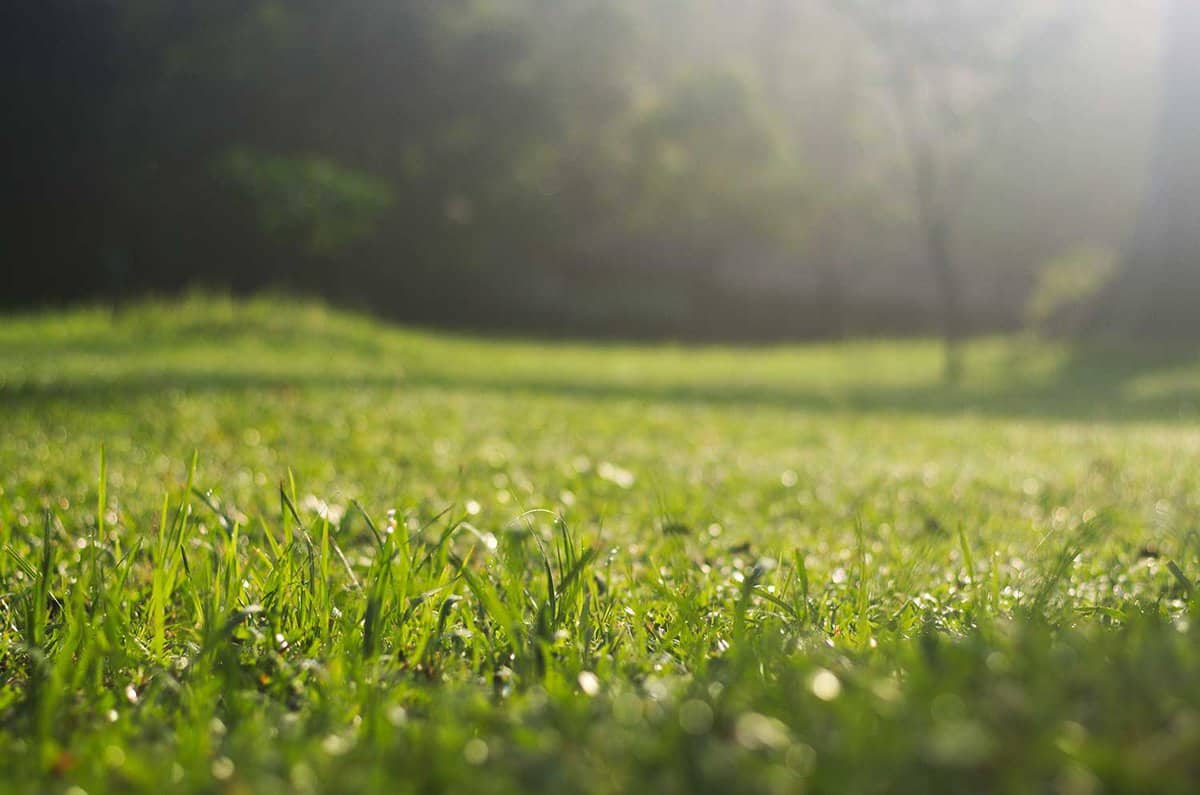Grass buildup on lawn mower wheels has always been a thorn in homeowners' sides. After all, this buildup can be a detriment to your lawn mower's performance. So it's no wonder why so many people are curious about how to prevent these clumps. Thankfully, we found an effective method to keep your wheels clean after each mowing session.
Preventing grass from sticking to lawn mower wheels isn't a single-step process. It'll require following these five steps to ensure this issue is no longer a problem:
- Turn off the mower
- Use a wire brush for dislodging grass
- Hose down your mower
- Spray vegetable oil onto the wheels
- Recoat after each mowing session
Of course, these steps do require a bit more discussion. The following sections will dive deeper into each step to provide additional context and answer a few related topics. You'll soon feel confident preventing grass buildup from being a significant issue.

5 Steps To Keep Grass From Sticking To Lawn Mower Wheels
Anyone who has mowed a lawn has noticed how the cut grass sticks onto their mower's wheels. It seems like an inevitable part of the lawn mowing experience. However, it doesn't have to be when following our step-by-step guide.
Instead, this guide will ensure your lawn mower remains pristine. It'll also help save homeowners time by reducing the need for maintenance and cleaning. So, let's not waste more time and dive into the first step.

1. Turn Off The Mower
It might seem like common sense, but turn off the mower before doing any cleaning. We don't want accidents or injuries to occur when simply trying to remove grass buildup. So please ensure the mower is off before proceeding to step 2.
2. Use A Wire Brush For Dislodging

Finding a wire brush is the next step in this grass removal process. You'll need this brush to dislodge any grass on your mower's wheels and underside. Ensure your cleaning technique is thorough when using the wire brush.
We also suggest not delaying with this process after each mowing session. If you do, the grass will harden and make your job much more difficult. It's best to take out your wire brush and get the job done immediately.
3. Hose Down Your Mower

After removing the buildup with your brush, it's time to bring out the big guns. Use your hose to wash the wheels and the mower's underside. The water should clean and eliminate any grass residue or clippings in those areas.
4. Spray Vegetable Oil Onto The Wheels
Next, spray or pour vegetable oil onto your mower's wheels. Most vegetable oil bottles will have a spray mechanism to make the process easier. But if you need to pour, use an old rag and carefully wipe down the wheels.
But it's essential to ensure all the surfaces are coated thoroughly. It's the only way to provide adequate performance and prevent grass clumps. Some people might advise using WD-40 or motor oil as an alternative, but it's imperative to avoid following this advice.
Motor oil and WD-40 contain properties that protect your mower's parts from grass. However, they'll drip onto your lawn and kill the grass, and no homeowner wants that.
5. Recoat After Each Mowing Session
Proceed to mow your grass and marvel at the results. The session should finish with minimal or no grass buildup on your mower's wheels or under its deck. Make sure to reapply the vegetable oil with a new coating after each mowing session for similar results.
Why Does Grass Get Stuck In The Lawn Mower?
Understanding how to keep grass from sticking is only half the battle. You'll also need to know what causes grass to get stuck in and on your lawn mower. This information will make it much easier to avoid situations where grass buildup could be an issue.
So we thought it would be wise to look at the three most common causes. Once you've got a handle on these causes, keeping your mower clean should be a breeze.
1. Mowing Wet Grass

Grass clippings become much more problematic when they're filled with moisture. In other words, grass buildup accumulates quicker after rain or watering. So, these water-filled clippings end up clumping on your mower's wheels or under its deck.
A simple way to avoid this situation is by letting your grass dry before mowing. For instance, don't proceed to mow your lawn only a few hours after a heavy rainstorm. You should give it a day or two before taking out the mower and trimming the lawn.
Similar rules apply for a slight drizzle or dew occurring in the morning. You'll want to wait until the late afternoon before starting your morning sessions. As a result, it should be enough time to help prevent clumping issues.
2. Using Ineffective Or Dull Blades
Your lawn mower's blade quality can impact grass buildup significantly. If the blades are ineffective or dull, clumps become much more common. You'll likely see a severe increase in grass clippings on the wheels and deck areas.
Sadly, ineffective or dull blades don't only cause clumping issues. You can also expect them to shred grass tips, causing your lawn to have an ugly brown tint. So it's best to keep these blades sharp by staying up to date with their maintenance needs.
3. Cutting Too Tall Or Short
It could be a cutting height issue if you have significant buildup under your mower deck. For instance, buildup can occur when cutting your lawn too tall or too short. So you'll want to set the blade at a setting that only cuts the top 1/3 of the grass blades.
Anyone with extra long grass might want to do two passes per mowing session. But ensure to keep only cutting 1 ⁄ 3 of the blades during each pass. It should keep your wheels and the mower deck clean.
What Can I Spray Under My Mower Deck To Keep Grass From Sticking?
You have many options when choosing sprays to prevent grass clumping. Several companies even try to make their nonstick sprays to stop these issues. But we've found these three options to be the best when looking at grass sticking prevention:
1. Non-Stick Vegetable Oil Or Cooking Spray
As mentioned earlier, vegetable oil is a safe and effective solution. It's also an affordable choice for helping prevent grass from sticking to your mower. Nonstick cooking sprays offer similar results and won't be challenging to obtain.
The only downside with vegetable oil or cooking spray is its application rate. For instance, you must reapply these products after every mowing session. It can be a little burdensome, primarily if you're known for being forgetful.
2. Sunbelt's Mo Deck Nonstick Mower Spray
Sunbelt's Mo Deck Nonstick Mower Spray was explicitly made for this purpose. It should have no issues keeping grass from sticking. Furthermore, it's known for preventing rust to help make your mower last longer.
Click here to see more on Amazon.
3. Tite-Seal Mower Deck Spray And Protectant
Tite-Seat Mower Deck Spray and Protectant is another option made for lawn mower use. It has gained a rather impressive reputation among homeowners. In fact, it has shown excellent results in keeping off, preventing rust, and stopping corrosion.
Click here to see more on Amazon.
In Closing
Keeping grass from sticking onto lawn mower's wheels is about finding the right nonstick spray (vegetable oil, cooking, or lawn mower-specific product) and sticking with a maintenance routine. The entire task then becomes a piece of cake when you've got a handle on those two aspects.
Before you go, don't forget to take a look at these other posts:


